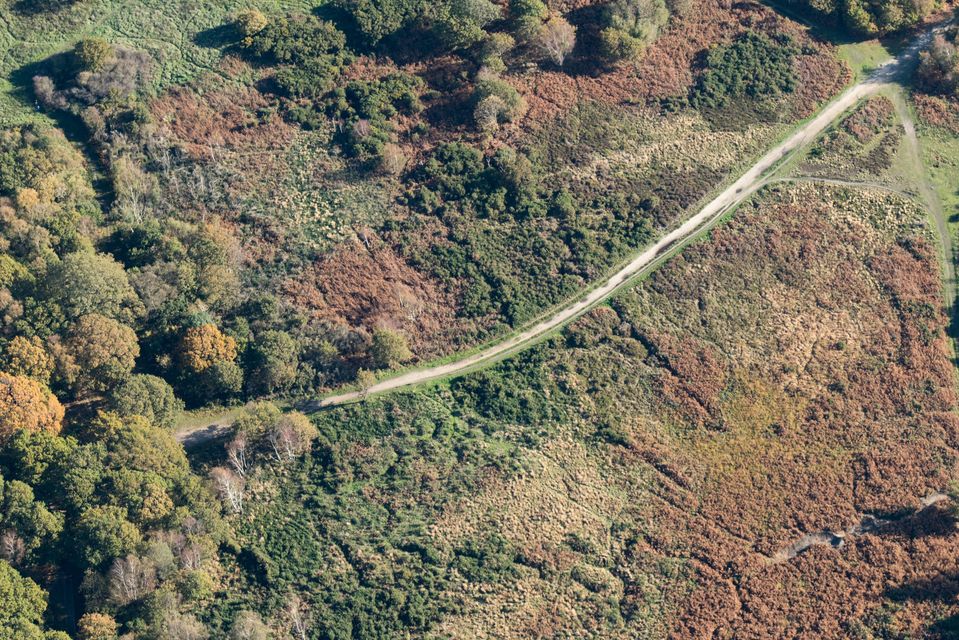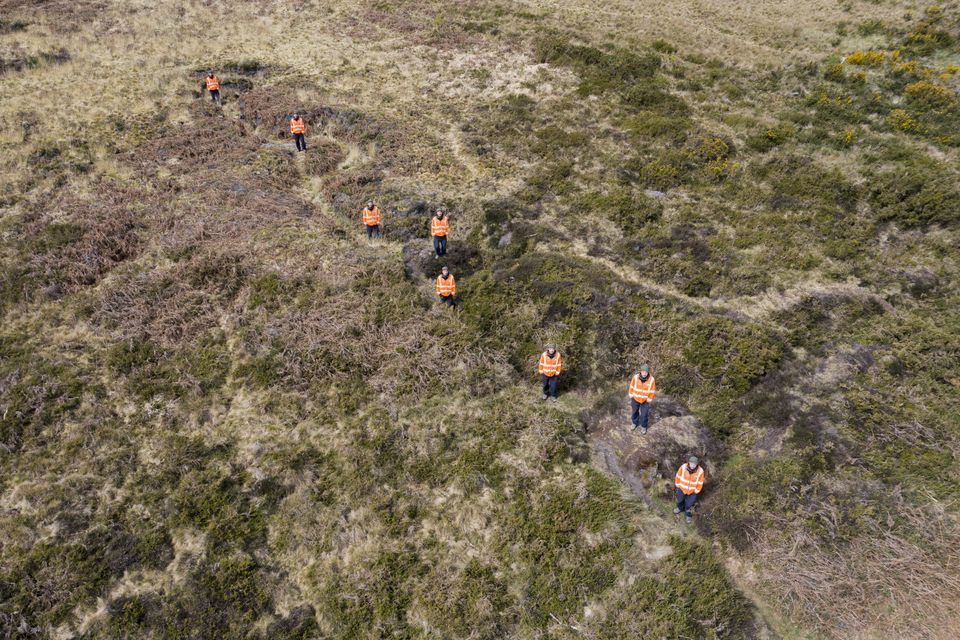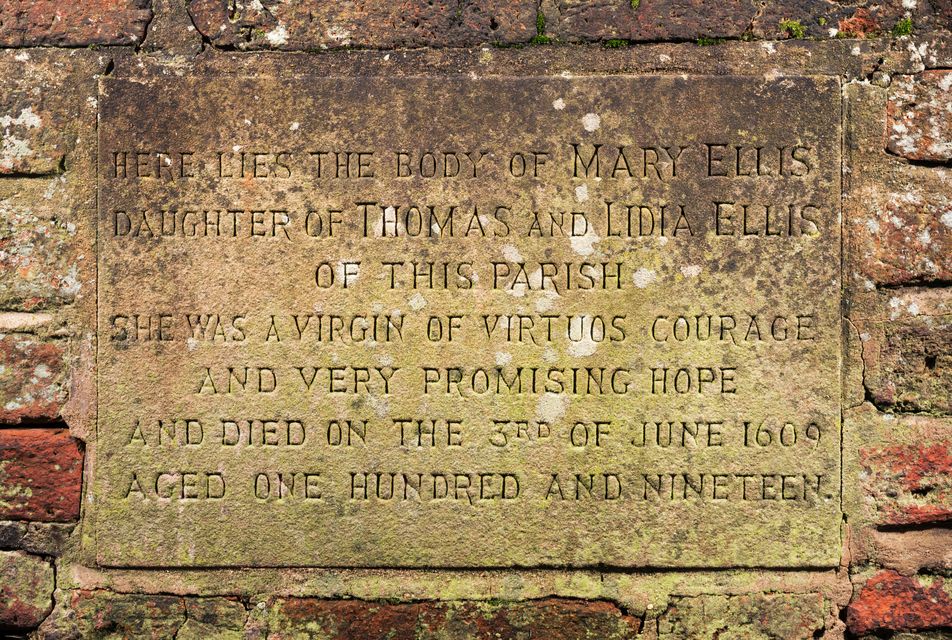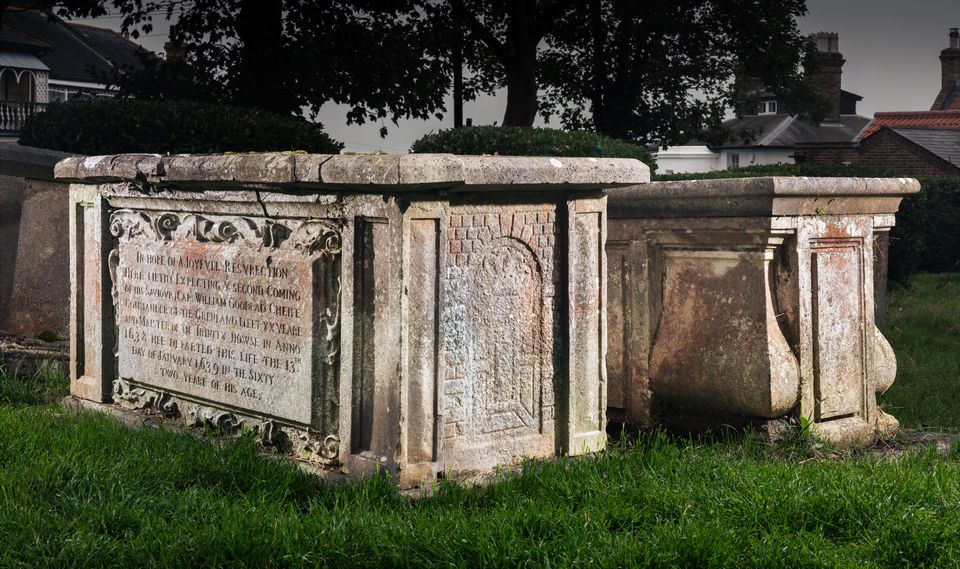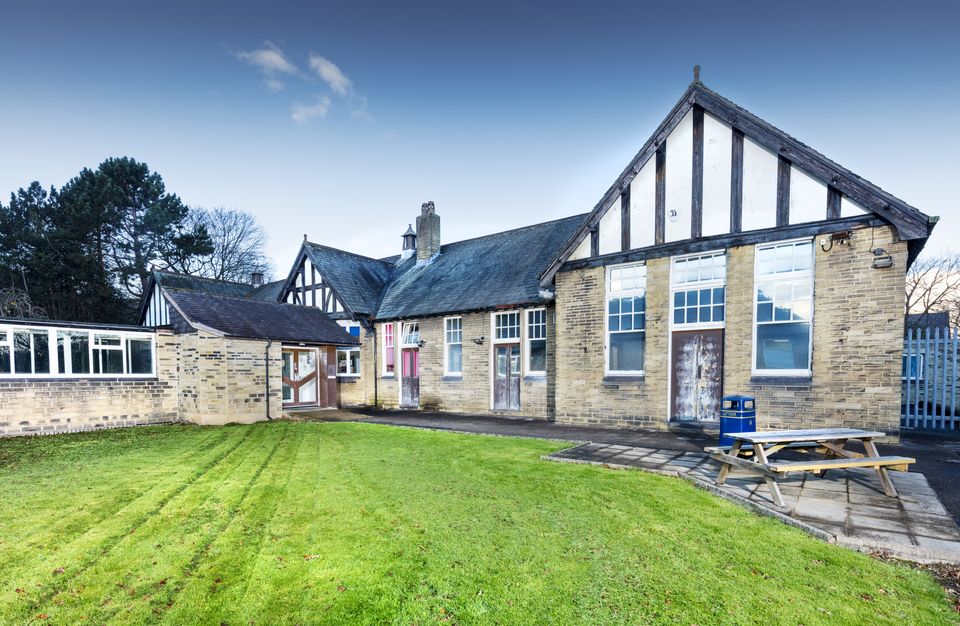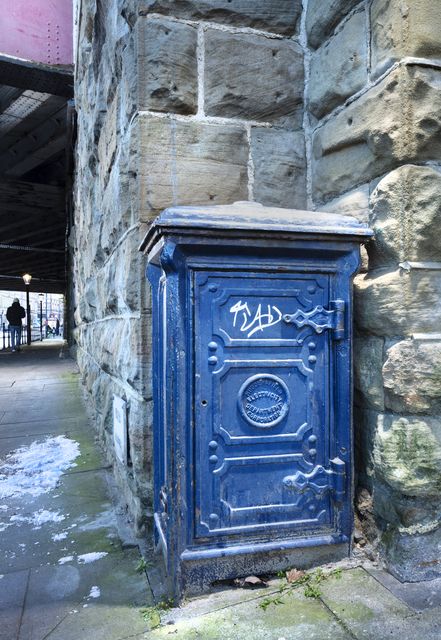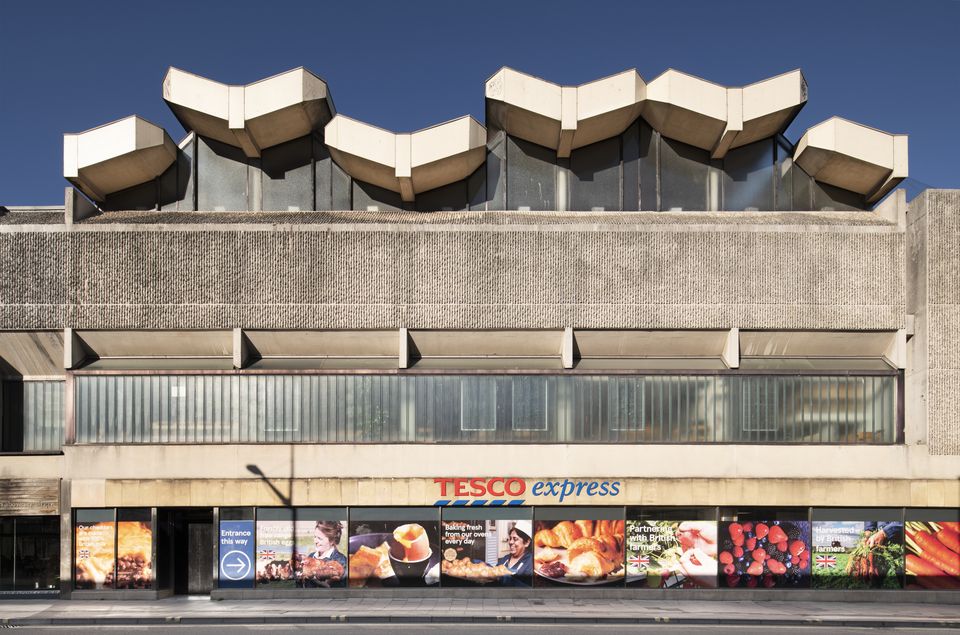Practice trenches from the First World War, a “bungalow maternity ward” and the tomb of a woman believed to have lived to 119 years old are among the places that have been added to the National Heritage List for England.
Some 256 locations have been added to the list this year, including 17 “remarkable and unusual” structures such as an electricity junction in Huddersfield, West Yorkshire, only three years after electricity first arrived in the town, and a brutalist church in the heart of Bristol’s Broadmead shopping centre.
The listed places have been granted protection status, meaning any changes that might affect their historical interest in the future will have to be authorised through the planning system.
The Browndown First World War practice trenches in Gosport, Hampshire, were rediscovered via aerial photos in 2011, and are believed to be one of the best preserved examples in England of their type.
An aerial view of the Browndown First World War practice trenches in Gosport, Hampshire (Historic England/PA)
The site was used to train troops before deployment abroad – teaching recruits how to dig, reinforce, repair and adapt the trenches, as well as how to live and fight in them.
The Browndown trenches were designed to mimic sections of the Western Front, with at least two phases of trench digging with opposing frontlines, and support trenches separated by a “no-man’s-land”.
The Royal Marines Light Infantry and the Hampshire Regiment are believed to have trained there before leaving for the Western Front via Southampton.
Aerial view of a practice trench from the south-east, with figures digitally superimposed to show its line (Historic England/PA)
Three “exceptionally rare” 17th century tombs in Leigh-on-Sea, Essex, are on the list, one of them commemorating a woman named Mary Ellis, who is believed to have lived to 119 years old.
Erected in 1609, Mary Ellis’ tomb is known locally as the “Cutlass Stone” because it was used for sharpening blades.
While little is known of Ellis, the tomb’s inscription notes that she never married and did not have children.
Detail of a 1970s carved plaque on the side of Mary Ellis’ tomb in St Clement’s churchyard (Historic England/PA)
A second tomb, in the churchyard of St Clement’s Church, was built in 1688 and is that of Mary Haddock, whose son Admiral Richard Haddock inspired the character of Captain Haddock in Herge’s Adventures of Tintin comic book seriess.
Mary Haddock’s tomb lies next to that of her father, William Goodlad, a 17th century whaler who achieved national significance developing British maritime routes, including charting the first whaling expedition to Norway.
His elaborate tomb dates from 1639 and has carved panels and scrolls with inscriptions on either side celebrating his life and achievements.
Tombs of William Goodlad and Mary Haddock in St Clement’s churchyard (Historic England/PA)
The list also features the former maternity ward at Princess Royal Community Hospital in Huddersfield, West Yorkshire.
Built in 1928 after the 1918 Maternity and Child Welfare Act, the ward “reflects a pivotal moment in the development of public healthcare for women”, Historic England said.
The “bungalow ward”, designed in the Arts and Crafts style, was one of the first to include single occupancy rooms – a progressive departure from the traditional communal wards of the era.
Former Maternity Ward (Block 2), Princess Royal Community Hospital, Huddersfield (Historic England/PA)
This design reduced the risk of contagious diseases and potentially fatal “childbed fever”, also known as puerperal fever, a bacterial infection affecting women after childbirth.
A spokesman for Historic England said: “Alongside communal pavilion rooms and patios to enhance the wellbeing of recovering mothers, the ward represents a revolutionary progression in British healthcare, at a time when mortality rates for new mothers were very high.”
It remained a maternity hospital for 56 years. The last baby was born there in October 1984, after which it became the Princess Royal Community Hospital.
Also on the list is an electricity junction box installed in Huddersfield in 1895 – only three years after consumer electricity first arrived in the Yorkshire town.
Electricity junction box on Fitzwilliam Street, Huddersfield (Historic England/PA)
The blue-painted iron box, designed to distribute electricity to different consumers in the neighbourhood, played a crucial role in the development of electricity as a mass-consumed utility.
Historic England described it as a “remarkable preservation of Victorian engineering”.
Broadmead Baptist Church, in the heart of the Broadmead shopping centre in Bristol, makes the list as a “striking example of post-war church architecture”.
Built between 1967 and 1969 to the design of architect Ronald H Sims, it is known locally as the “church above the shops”, with retail on the ground floor providing a source of income for the church facilities above.
The church’s brutalist exterior has white V-shaped beam ends symbolising doves in flight.
Broadmead Baptist Church, in Union Street, Bristol (Historic England/PA)
“Walking up the stairs from the muted lobby to the bright upper floors, represents the spiritual ascent from darkness into light,” the spokesman for Historic England said.
Duncan Wilson, chief executive of Historic England, said: “From rare 17th century chest tombs to a post-war church above the shops to a revolutionary former maternity ward benefiting new mothers, these remarkable places granted protection in 2024 show the diversity of England’s heritage.
“This festive season, we invite you to explore the historic places on your doorstep, add your stories and photos to the Missing Pieces Project and help us to celebrate what makes these places so special.”
Heritage minister Sir Chris Bryant said: “Historic England’s annual listing roundup is a celebration of 12 months of hard work to protect and preserve some truly unique buildings and places that have helped shape our cultural history.
“Like all ‘best of’ year lists worth reading, I implore you to pore over these 17 wonderful places and go and experience some of them for yourself in the new year.”
